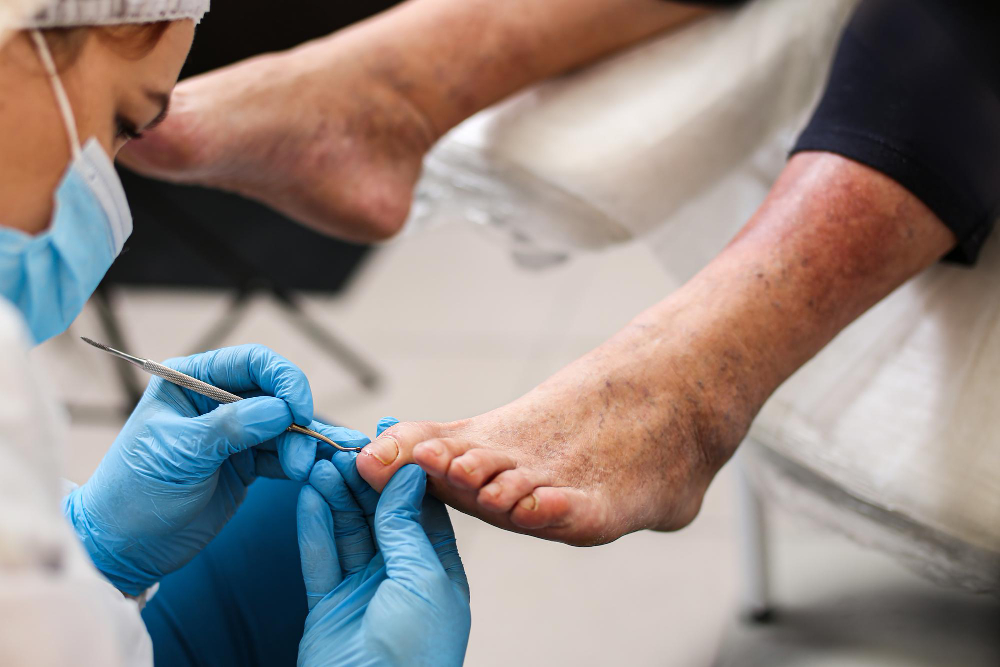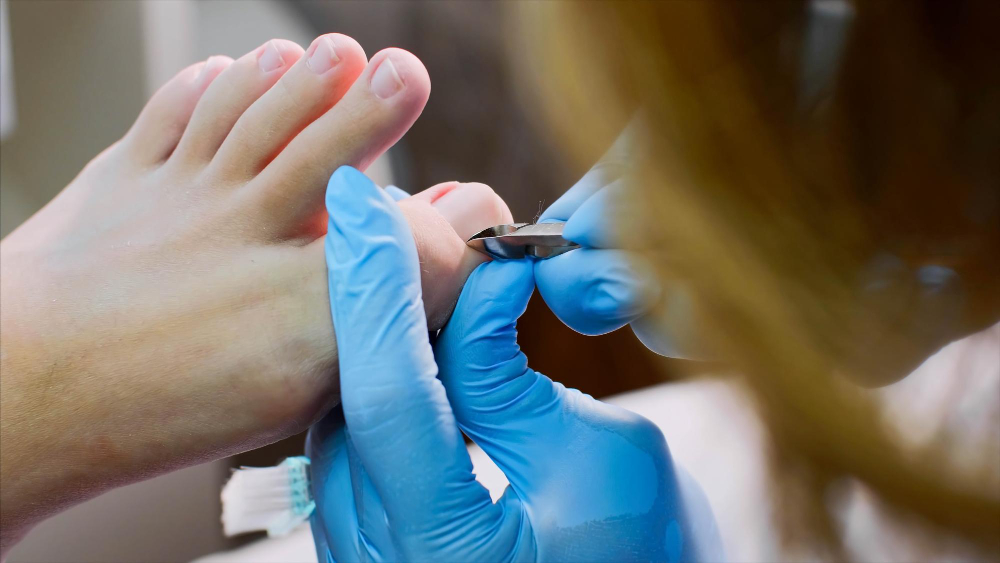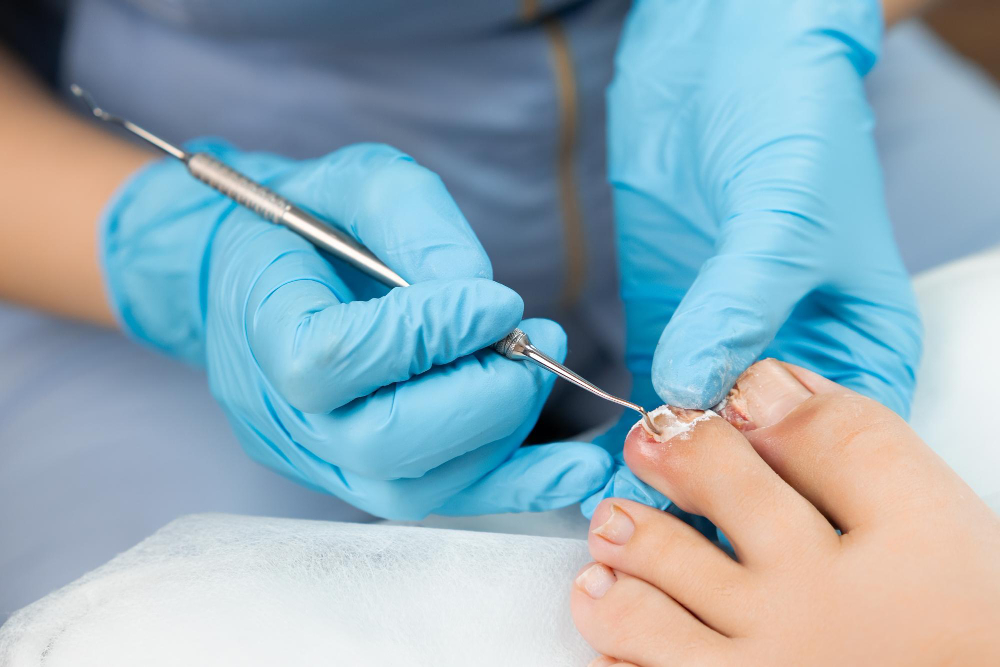Overview of Ingrown Toenails:
Ingrown toenails are a common condition where the edges of the toenail grow into the surrounding skin, causing discomfort and pain. It is important to address this issue promptly to avoid infection and further complications. This article discusses the surgical procedure for treating ingrown toenails as well as essential aftercare tips for a successful recovery.
Understanding the Need for Toenail Surgery:
In some cases, ingrown toenails can be managed using conservative methods such as soaking the foot in warm water and wearing properly fitted shoes. However, when these measures fail to provide relief or if the condition becomes severe, toenail surgery may be necessary. Understanding why surgery is needed and what it entails can help individuals make informed decisions about their treatment options.
Preparing for Toenail Surgery:
Before undergoing toenail surgery, there are several preparatory steps that need to be taken. These include scheduling a consultation with a qualified podiatrist or foot specialist, gathering relevant medical history and information, discussing any concerns or questions with the healthcare provider, and following any preoperative instructions provided. Adequate preparation ensures a smooth and successful surgical experience.
The Surgical Procedure:
Toenail surgery involves removing the edge or portion of the toenail that is causing the ingrown nail. This can be done using different techniques, including partial nail avulsion and total nail avulsion. The specific approach depends on the severity of the ingrown toenail and the preference of the healthcare provider. This section provides an overview of the surgical procedure, including anesthesia options, incision techniques, and potential complications.




